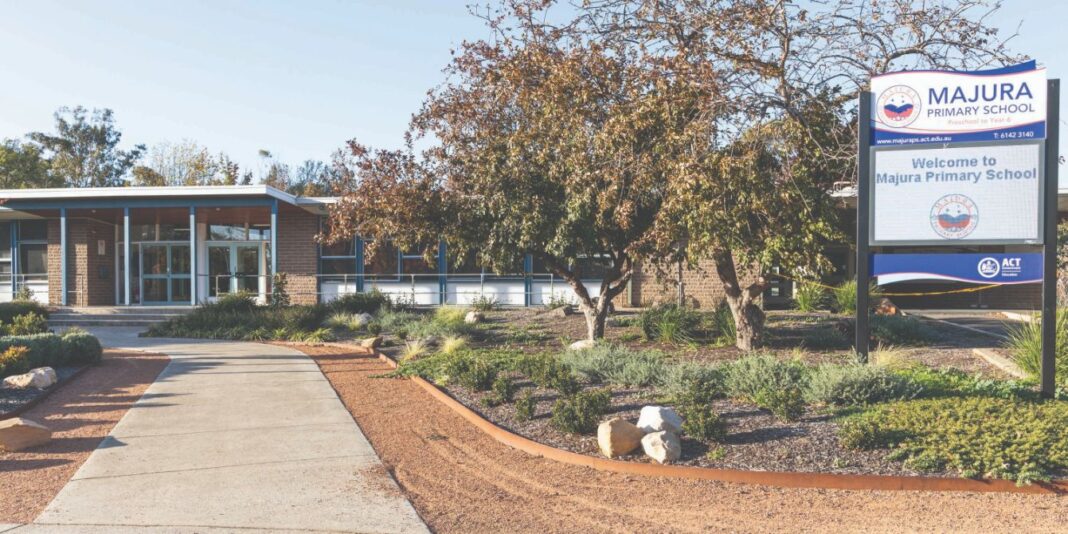Canberrans concerned about ACT school infrastructure have another week to let the government know.
The Standing Committee on Education and Community Inclusion is inquiring into and reporting on the management of ACT school infrastructure, particularly hazardous substances and materials in schools; the maintenance of school facilities; capacity issues in schools (including temporary facilities for schools running above capacity, and plans for schools running below capacity); heating and cooling systems in schools; sporting facilities on school grounds; classroom design; environmental sustainability; parking and bike storage facilities; accessibility for students and staff with disabilities; and accessibility of school facilities by local communities.
The Committee has extended the submissions deadline for its inquiry to 15 May, to give the community more time.
The Committee is due to report to the Legislative Assembly in December.
So far, 10 submissions have been made. Overcrowded classes, rundown buildings, and unusable bathrooms are some of the issues raised.
Lyneham Primary was poorly maintained, according to the school board; the school had not been painted for many years, and plaster was coming away from the walls. The senior boys’ bathrooms stank of urine and needed to be replaced.
Mount Stromlo High School’s P&C said the school suffered from ageing buildings and equipment, damaged playgrounds, and lead paint and asbestos, while the cooking classrooms needed to be replaced.
Majura Primary School’s Parents and Citizens Association also complained of ageing infrastructure; some classrooms lacked air-conditioning and had been a health hazard during the 2020 bushfires.
Campbell High School’s P&C said the buildings were old and needed maintenance; and there was only one block of toilets, so unpleasant many students did not use them.
Lyneham Primary, Majura Primary, and Harrison School’s P&C submissions claimed classes were overcrowded. As a result, there was a risk at these schools that flexible or specialist spaces (dance and science classrooms, performing arts rooms, teacher resource rooms, libraries, work sheds, and playgrounds) could be turned into classrooms. Increased enrolments also put pressure on bathrooms, the school hall, playgrounds, and specialist programs.
Carers ACT wanted classrooms to be better designed for children and parents with mental illness or sensory conditions. The Conservation Council commended the ACT Education Directorate for embracing sustainability, and now wanted them to improve energy efficiency, manage and reduce waste, and install clean energy alternatives and plants.
Another submission argued that the community should be able to use school ovals, which sat unused behind locked fences for most of the day.
Yvette Berry, Minister for Education and Early Childhood, said the ACT Government acknowledged the committee’s interest in school infrastructure, and would respond as required.
The ACT Government has committed more than $114 million to upgrade public schools over the next four years, on top of funding for regular repairs and maintenance, and follows a $99 million investment over the last four years.
The Terms of Reference of the Inquiry and information about making a public submission are available on the Committee’s website.



